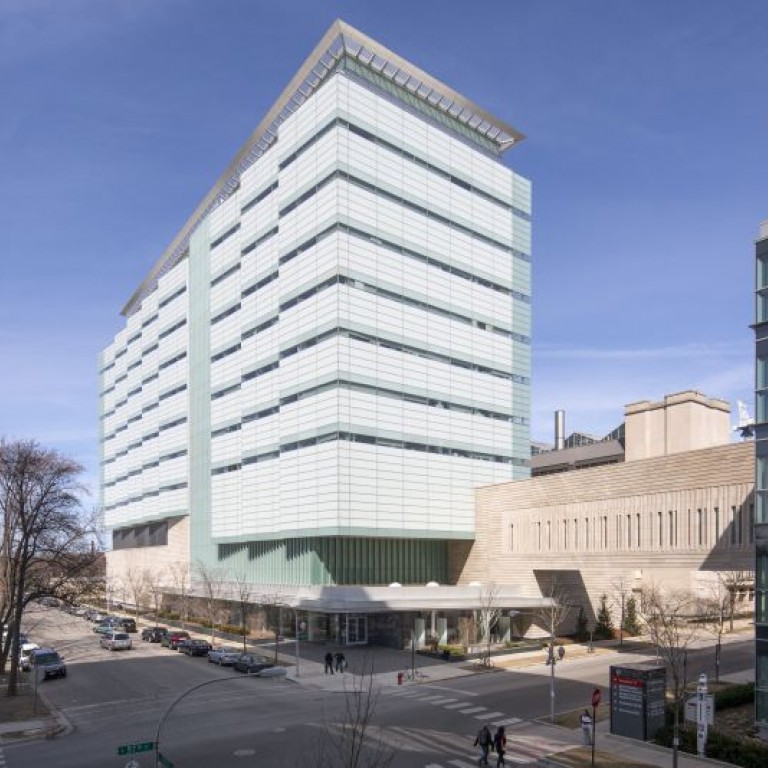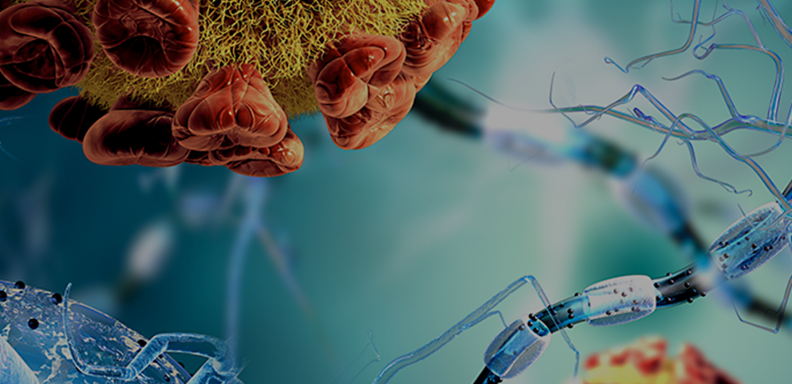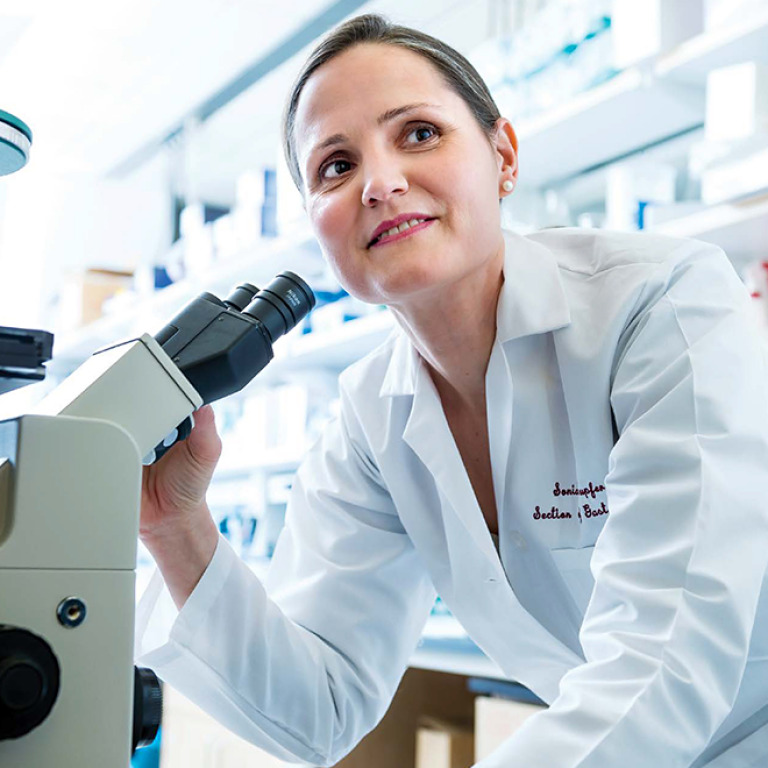T cell receptors (TCRs) that carry the distinguishing mark of a genetic phenomenon called “convergent recombination” can be more effective and reliable against solid tumors, according to a study published recently in Science Immunology.
Immune cells in our body, particularly T cells, act as policemen that keep an eye out for foreign pathogens like bacteria and viruses. T cells can identify such harmful invaders and eliminate them using a defense mechanism. They not only fight against disease-causing pathogens but can also detect any abnormal changes occurring in healthy body cells, such as mutations in the DNA, particularly in tumor cells.
Each tumor has unique DNA mutations, usually referred to as tumor-specific “neoantigens.” The tumor-invading T cells recognize neoantigens with the help of proteins on their cell surface called T cell receptors (TCRs). TCRs can be specific for neoantigens, making the neoantigens effective targets for T cells. This is how many newer immunotherapy cancer treatments, such as immune checkpoint blockade (ICB) and tumor-infiltrating lymphocyte (TIL) therapy, work to destroy tumors.
Although immunotherapies have shown promising results in the clinic, only a fraction of patients benefits from these therapies currently. A more recent approach is to isolate a neoantigen-specific TCR from CD8+ T cells and to express these CD8TCRs in healthy T cells, which are then transferred into the cancer patient. This approach is also referred to as TCR therapy. One of the major challenges in the field is to choose the one or two best TCRs that are therapeutically effective among thousands of existing TCRs.
“The one problem we tried to address in the current study is how to select a TCR that could be used successfully in TCR therapy,” said the study’s first and corresponding author Steven Wolf, PhD, a postdoctoral researcher in the David and Etta Jonas Center for Cellular Therapy at UChicago Medicine. Wolf and his collaborators from Japan, Germany and Memorial Sloan Kettering Cancer Center provided evidence for how to select potentially therapeutic TCR candidates.
In a preclinical mouse model, Wolf and his colleagues utilized a phenomenon called “convergent recombination,” where multiple T cells develop identical TCRs but have different DNA sequences. “We identified three different TCRs that had been produced by multiple T-cell clones,” Wolf said. When these TCRs were tested in a preclinical tumor mouse model, all of them caused tumor shrinkage and long-term growth arrest.
“We believe that this ‘convergent recombination’ is a major feature predicting effective TCRs,” he said.
Arriving to a crime scene from multiple directions
ICB or TIL therapy harnesses the power of the patient’s own immune system by activating T cells to kill tumor cells; however, the activated T cells sometimes deactivate once they reach the tumor microenvironment. To overcome this challenge, Wolf and his team studied TCRs from CD4+ T cells (CD4TCRs) and their ability to reprogram the immunosuppressive microenvironment to make it pro-inflammatory.
Hans Schreiber, MD, PhD, Professor of Pathology at the University of Chicago and senior author said, “An effective TCR is often preferentially selected by multiple T-cell clones responding to the cancer. This phenomenon of convergent recombination is like police arriving to a crime scene from multiple directions.”
TCRs with convergent recombination may be used to identify therapeutically effective CD4TCR candidates, and this strategy can yield successful results when treating cancers. Future studies are needed to understand the selection process and exactly why convergent recombination is a good indicator of effective TCRs, the authors said.
The study “CD4+ T cells with convergent TCR recombination reprogram stroma and halt tumor progression in adoptive therapy,” was supported by grants from National Institute of Health, the David and Etta Jonas Center for Cellular Therapy, Harriet and Allan Wulfstat, the Gerald O. Mann Foundation, a gift of Nancy Carey, and a gift of Janet D. Rowley.
Additional authors include: Veronika Wallace, Jun Huang, Yifei Hu, and Karin Schreiber from the University of Chicago, Chicago; Madeline Steiner from University of Texas MD Anderson Cancer Center, Houston, TX; Andrea Schietinger from Memorial Sloan Kettering Cancer Center, New York; Leonie Rosenberger from Charité–Universitätsmedizin Berlin, Germany; Matthias Leisegang from David and Etta Jonas Center for Cellular Therapy, University of Chicago, Chicago, Charité–Universitätsmedizin Berlin, Germany, German Cancer Consortium (DKTK), partner site Berlin, and German Cancer Research Center (DKFZ), Heidelberg, Germany; Kazuma Kiyotani and Yusuke Nakamura from Japanese Foundation for Cancer Research, Tokyo, Japan and Center for Intractable Diseases and ImmunoGenomics (CiDIG), National Institute of Biomedical Innovation, Health and Nutrition (NIBIOHN), Ibaraki-shi, Osaka, Japan.



